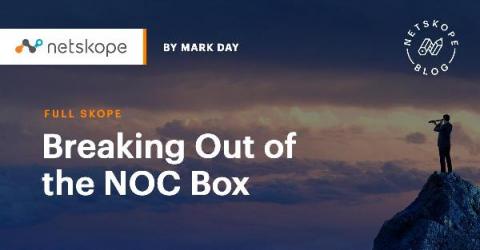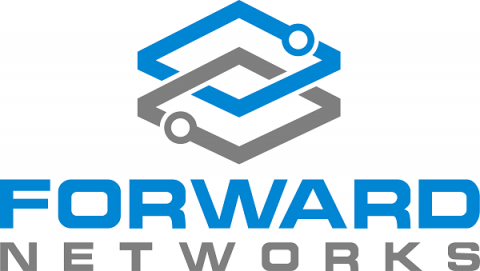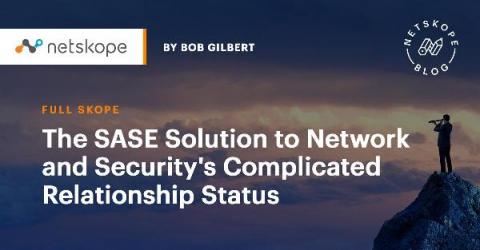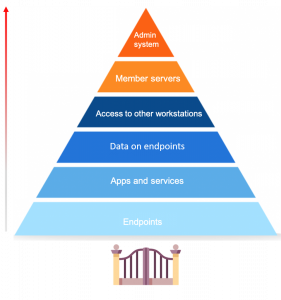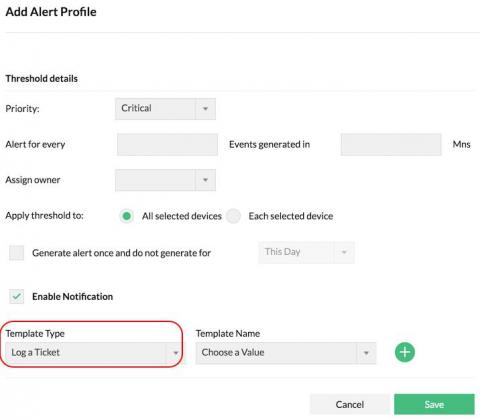Breaking Out of the NOC Box
When did you first see a network operations center (NOC)? For me, it was 1983 at BBN in Cambridge. With some whiteboards, a few terminals, and a handful of chairs, it was modest compared to ones I’ve seen since–but it was also the NOC for the whole internet at the time. Even then, that significance made it a pretty cool place.


